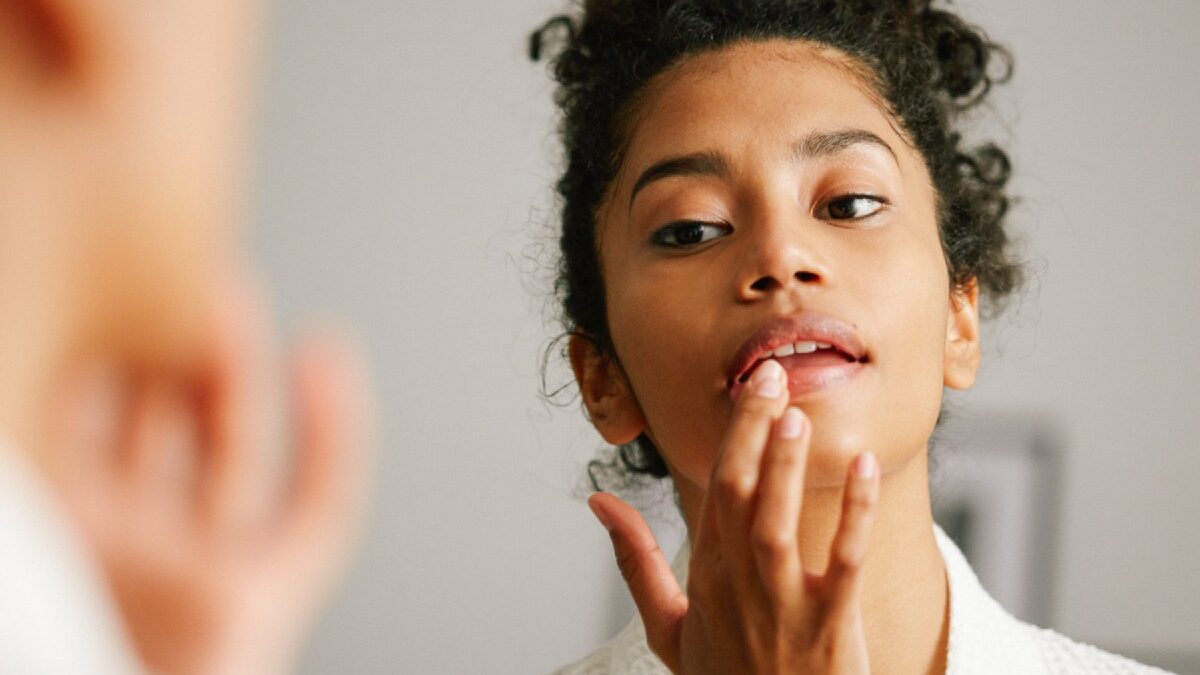
As people age, skin changes. The skin begins to thin, becomes less elastic and “plump”; some people even develop seborrheic Keratoses. Seborrheic Keratosis is a benign, non-cancerous skin growth that often occurs after the age of 40. These lesions are often brown, gray, or tan in color.
They can also be crusty or scaly and have an impression of being “stuck” on the skin. They can be found on the scalp, shoulders, face and back. However, they are most common along the hairline, under the breasts and on the back. Multiple growths, though one may appear alone, are more common. They are not contagious. You can tell if you have seborrheic Keratosis from the appearance of the growths, and in some cases by touching them.
Seborrheic Keratosis: Common Causes
Seborrheic Keratosis is characterized by an abnormal accumulation of keratocytes. The keratocyte, a type of skin cell, is most commonly found on pale skin. However it can occur on darker skin as well. Seborrheic Keratosis has no known cause, but the fact that the condition runs in families suggests genetic factors could be involved. Seborrheic Keratosis can be caused by a number of factors, including age and heredity. During hormonal changes caused by pregnancy or estrogen-replacement therapy, some women are more susceptible to developing lesions. Exposure to the sun will not increase your risk.
What Symptoms and Indications Do You Need to See Your Doctor?
Seborrheic keratosis is usually asymptomatic but can sometimes be itchy. A physician should be consulted if a person starts to experience symptoms such as severe itching, bleeding or pain. These growths may not be harmful but it’s important to get them checked to make sure they aren’t something else. Sometimes, they can be misinterpreted as skin cancers such as melanoma or squamous-cell carcinoma. If your doctor suspects skin cancer, a biopsy will be performed to check.
Seborrheic Keratosis Treatment
Seborrheic Keratosis is not harmful and does not affect health. Therefore, there’s no need to treat it. The doctor will decide the best treatment for each patient based on their health. The nodules are not likely to spread, so treatment is simple and leaves few scars.
Common techniques include:
Liquid Nitrogen Freezing: Cryosurgery is also known as liquid nitrogen cryosurgery. It involves the application of liquid nitrogen with a cotton swab, or nitrogen spray, to seborrheic Keratosis. This treatment is quick, safe, and highly effective.
Curettage Sometimes, skin scraping can be done in conjunction with cryosurgery. This is to thin and flatten the corneum. Electrocautery is also the most common tool used to remove thick seborrheic hairs. It can be used alone or with curettage. If not done correctly, this procedure can leave scars.
Laser You can also vaporize a thick sebaceous horny clump with a laser.
Seborrheic Keratosis is usually not treated. However, if you are unsure or would like to confirm your diagnosis, please contact a dermatologist to schedule an appointment. Your dermatologist will be able to answer all your questions, confirm that the growth is seborrheic, and prescribe treatment if necessary. To avoid missing potentially dangerous skin conditions, it is important to have a specialist diagnose any new growth.











